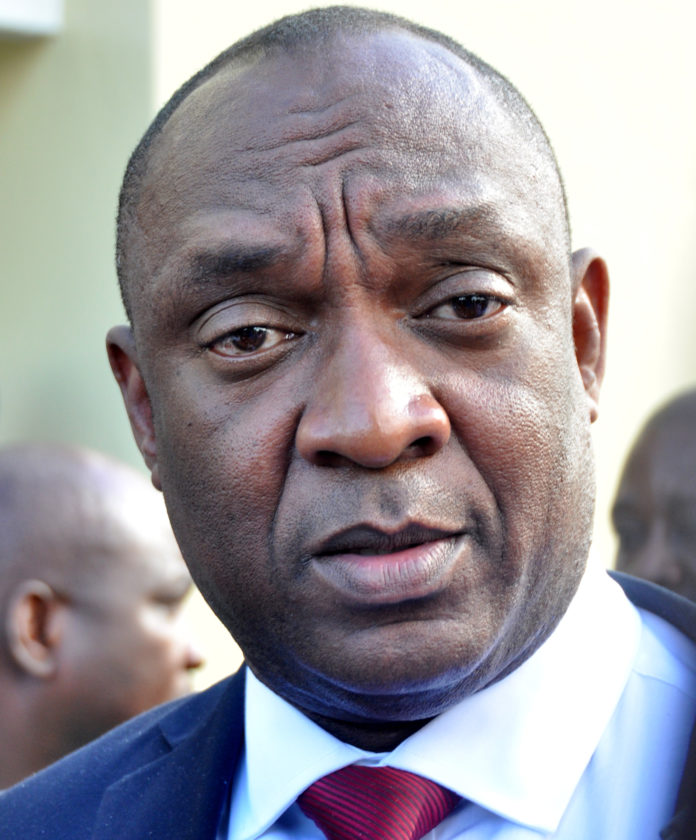
Readers of my 2012 book “Paramilitarism and the Assault on Democracy in Haiti” will have learned about individuals involved in supporting the paramilitary insurgency that culminated in the Feb. 29, 2004 overthrow of President Jean-Bertrand Aristide. Below I have put together a compendium of the constellation of actors which supported the FLRN paramilitaries (Front pour la libération et la reconstruction nationales) in the events leading up to the coup d’etat. Some of these groups were made up of just a handful of individuals. Others contained hundreds that lent support at one time or another. I have broken up these sectors into ten subgroups as follows:
(1) The “White” Duvalierists and Rightists: Located in the tier below the most well-known top families in Haiti exists a fraction of the light-skinned bourgeoisie (a sizable number of which are of Levantine descent). One individual who grew up within the upper echelons of Haitian society and interviewed by the author explained how racialized class relations play out among right-wing elite: “The non-black Duvalierists consider themselves smarter;” they are not at the level of the major industrialist families, but “still have significant wealth and power” (Sprague, 2011a). These families, with many individuals with Duvalierist leanings, include the Handals, Mourras, Assads, and Jaars. According to one individual from a bourgeois background whom I interviewed: some of “these people are more dangerous even than the top dozen families. They think they have more to gain [locally] and they are under less foreign scrutiny” (Sprague, 2011a). Some individuals from these groups, such as Georges Saati and Hugues Paris, appear to have played a decisive role in mobilizing the paramilitary campaign against the state (Sprague, 2012a).
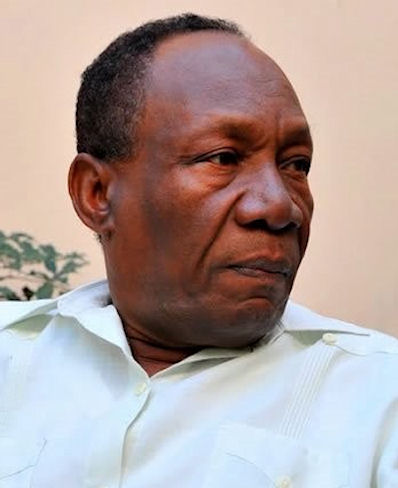
(2) A “Black” Duvalierist group included individuals such as the former dictator Prosper Avril, a former Tonton Macoute and mayor of Port-au-Prince Franck Romain, and others such as Gregory Chevry, and his brother, Youri Chevry, Alix Thibulle, Gonzague Day, and some members of the Tankred family, all of whom allegedly backed the paramilitary insurgency. Alex Thibulle, one of the most important of this group, allegedly maintained strong connections with the “white” Duvalierists. As one son from a well-off family in Port-au-Prince explained to me: “Thibulle [was] one of the few black Duvalierists that [could] go sit with them [the non-black Duvalierists] at their table on Sunday. They will not invite others to their parties who they look down upon” (Sprague, 2011a). In more recent times, these individuals have been able to work with what has become one of the most “powerful cartels in the country headed up by Dany Toussaint, Clarel Alexandre, Gregory Chevy, and Jean-Claude Louis-Jean” (Sprague, 2011a). “These are the people that Guy Philippe and the other [paramilitaries] . . . will never out,” the names that will never be smeared in the media pronouncements that they make from time to time (Sprague, 2011a). In more recent years, many of these individuals have tried to remain politically relevant by working primarily with the emergent establishment political parties headed by Michel Martelly and Préval. Importantly, according to embassy cables that I obtained through the Freedom of Information Act (FOIA): a central planner of the FLRN death squad campaign between 2001 and 2004 was the Duvalierist Joseph Baguidy Jr.. A disgraced former military man, Baguidy Jr.’s father was a close confidant (and arms procurer) to François Duvalier. [Note: In October 2014, Jean-Claude Duvalier (who had returned from exile after the 2010 earthquake) would die in the home of Joseph Baguidy, Jr.]
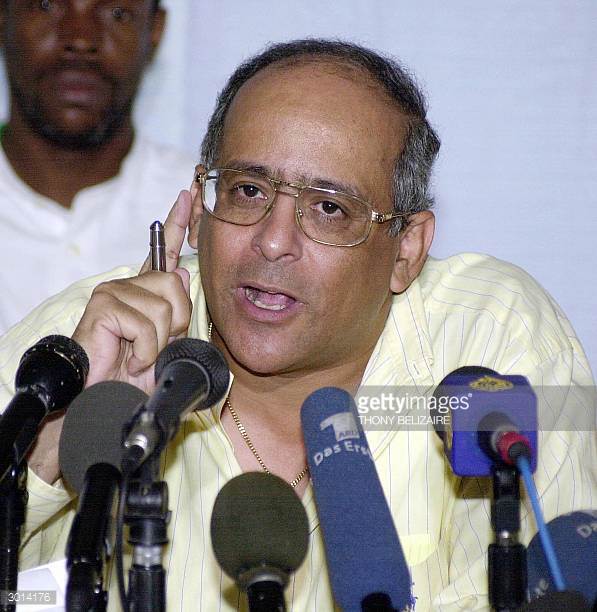
(3) A group of local and diaspora business people played a decisive role in funding the new paramilitary forces. Some of these are smaller business people with familial and ideological roots among the far right in the country. Some are more transnationally oriented, for example, involved in sub-contractor manufacturing and geared toward the global economy (Multinational Monitor, 1995). Among these capitalists that appear to have had links at one time or another to this most recent phase of paramilitary violence were: Ben Bigio, André “Andy” Apaid, Jr, and Oliver Nadal.
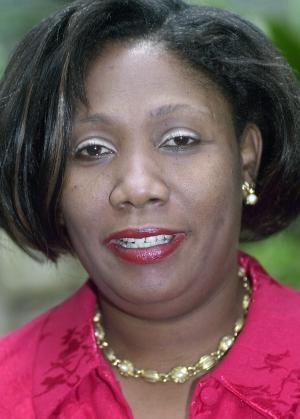
(4) Careerist, opportunist, and failed political elites. As I discovered through Freedom of Information Act research, a number of public figures in the country also facilitated paramilitary forces. Among these were Judy C. Roy, a local elite member with political aspirations, who was a key early financier of the FLRN paramilitaries. This sector is also representative of individuals such as Serge Gilles, leader of the small political party Fusion des Sociaux Democrates Haïtienne (FUSION). Others, such as longtime right-wing political operatives of the Manigat family, held discussions with the U.S. Embassy discussing what they viewed as the useful role that paramilitaries could play in removing the Aristide government. An array of small political parties exist in Haiti, who rarely win elected office in free and fair elections but continue on as important players that often receive appointed positions, are useful contacts at the U.S. embassy, some shifting political loyalties at opportune moments.
(5) A faction of the former military, including some former police officials played a vital role in facilitating FLRN violence. Some had past U.S. intelligence and military connections. These include figures such as former FAd’H (Forces armées d’Haïti) commanders Himmler Rébu and Guy André François, former Duvalierist general Williams Régala, and others (Sprague, 2012a). Former members of the Fad’H such as Youri Latortue and Dany Toussaint also fit the mold of other social groups listed below. For example, Dany Toussaint fits within the “5th column” group, as well as being involved in narco-trafficking. Youri Latortue in particular played a central role in undermining Haiti’s elected government in 2004 and was then a key planner for the post-coup authorities and the campaign of violent repression they launched (Sprague, 2012a). His relative Gérard Latortue headed up the post-coup dictatorship installed by the U.S. in March 2004.
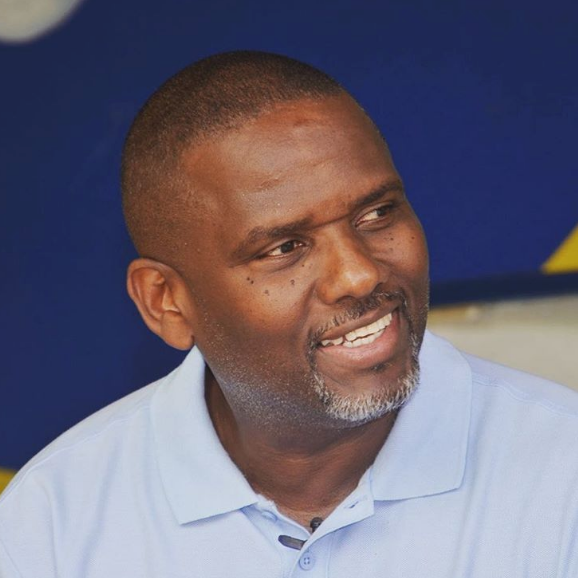
(6) The “5th column”, as I describe them, consisted of individuals who were working to undermine the state from within. Most characteristic of these ‘chameleons’ were Dany Toussaint and Joseph Médard, both of whom rose to top elected seats in the country’s senate under the Lavalas Family party (FL). Operating from within the state apparatus, they would serve as key figures (as documented in numerous FOIAs) in helping to undermine Haiti’s elected government in the months and years prior to the February 2004 coup (Sprague, 2012a).
(7) U.S. Intelligence, in particular the CIA. There is a long history of U.S. intervention and support for repressive forces in Haiti. While some embassy officials such as U.S. Ambassador Brian Dean Curran (Ambassador to Haiti between 2001 and 2003) did not directly promote paramilitary operations, it does not appear he attempted in any way to support the Haitian authorities in bringing paramilitaries to justice. Other U.S. ambassadors, such as Curran’s replacement by the Bush regime, James B. Foley, directly engaged in communication with the paramilitary commanders (Sprague, 2012a). Yet even under the period of Curran’s time as ambassador, it is clear from FOIAs and interviews I conducted that U.S. intelligence agents did carry out their own operations, coordinating with elites backing the FLRN. One example of this is when a U.S. intelligence operative (who appears to have been the CIA station chief at the U.S. embassy at the time), Janice Elmore, met with the rightist plotter Hugues Paris and opportunist sectors within the local police force in Gonaïves. This occurred just prior to a jailbreak in Gonaïves in which imprisoned paramilitary, ex-military, and violent criminals escaped in August 2002 (Sprague, 2012a). As I discovered from a discussion with an anonymous source that previously worked in the U.S. embassy in Port-au-Prince, Curran and the chief of the embassy had a tense relationship with Elmore, as she had her own agency-specific priorities that did not always align with those of the U.S. State Department.
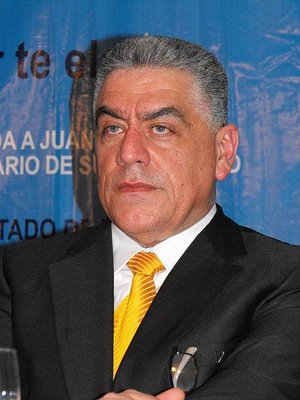
(8) A sector within the Dominican Republic’s military leadership and Ministry of Foreign Affairs. Previously I have provided the first documented investigation into the secret role of Dominican officials in facilitating paramilitary violence in Haiti. This support emanated primarily from a group of career bureaucrats in the foreign ministry in Santo Domingo and from upper echelons of the Dominican military. Most notable among these appears to have been Lt. General Soto Jiménez and General Manuel Dominican Major Polanco Salvador. In tape-recorded interviews conducted by the author, career bureaucrats at the Dominican Ministry of Foreign Relations in Santo Domingo also acknowledged providing close support to Guy Philippe and his paramilitary force. These officials included: Dr. Luis Ventura Sanchez, Haitian ex-pat Jean Bertin, and William Paez Piantini (Sprague, 2012a). There were also various middle men that helped the paramilitaries establish connections in the Dominican Republic and keep a tab on them for Dominican officials, individuals such as rightwing Haitian operative Harry Joseph (a close friend of Saati, and allegedly close with Dominican intelligence), minister counselor Hubert Dorval who worked in Haiti’s embassy in the Dominican Republic (and who was relieved of his duties by the Aristide government after being caught secretly feeding information to Dominican intelligence), and Delis Herasmé, a friend of then Dominican president Mejia and an important “networker” for the paramilitaries in Santo Domingo. This information was verified to the author by numerous sources close with the paramilitaries and by some of these individuals themselves (Sprague, 2012a).
(9) France’s external intelligence agency, the DGSE (the General Directorate for External Security). French intelligence appears to have also played a role in directly backing the FLRN. This includes both allegations of a French journalist handing off money to the paramilitaries in Gonaives and a U.S. embassy cable in which the U.S. ambassador wrote to the State Department that it appeared France was involved in backing the paramilitaries (Sprague, 2012a). Virtually nothing has been published on the covert role of French intelligence in financing paramilitary or Duvalierist forces in Haiti. It should be noted that French intelligence has long played a well-documented and important role in supporting armed groups in other parts of the world (such as in recent conflicts in Libya, Syria, and parts of West and Central Africa).
(10) Narco-rings. One of the most important characteristics of top paramilitary and military leaders over recent decades has been their reoccuring connection to the narco-trade. Narcotics trafficking through Haiti has long been controlled by military, ex-military, police, paramilitaries, and children of the wealthy elites. It is safe to say that since the expansion of the narco-trade into the Caribbean, within every Haitian state administration, there have been individuals connected with and profiting from it.
Following the disbanding of the military in 1995, former-army personnel and sectors of the elite formed cartels seeking to dominate the trade’s local inputs. These narco-bosses with connections to Dominican, Colombian, and other crime rings have sought to buy off politicians frequently (Sprague, 2011a). One little understood factor behind the paramilitary aggression in recent years has been over the narco-trade, as rival narco-rings have had alliances with different officials embedded within Haiti’s governmental apparatuses. During the period that I have studied it appears that while some narco-groups became affiliated with the FLRN, others had allies within the government’s security agencies.
This breakdown of the 2000-2004 coalition that overthrew Aristide for a second time proves one thing clearly. The prevailing correlation of forces in Haiti, an aid-dependent and underdeveloped country, made it extremely difficult for a reformist project to stand, when arrayed against it were forces of such power and wealth.
References
Multinational Monitor. “Interview: An Inside Look at Haiti’s Business Elite.” http://multinationalmonitor.org/hyper/issues/1995/01/mm0195_10.html. (1995)
Sprague, J. Interview with an individual from a upper class family in Haiti. Requested anonymity (2011a).
Sprague, J. Paramilitarism and the Assault on Democracy in Haiti. New York: Monthly Review Press (2012a).
The original version of this article was published under a different title on the website HaitiAnalysis.com.










[…] eclodiu uma violenta campanha paramilitar , visando infraestruturas governamentais em Porto Príncipe, antes de se espalhar para áreas […]
[…] vite, une violente campagne paramilitaire a éclaté, ciblant les infrastructures gouvernementales à Port-au-Prince, avant de […]